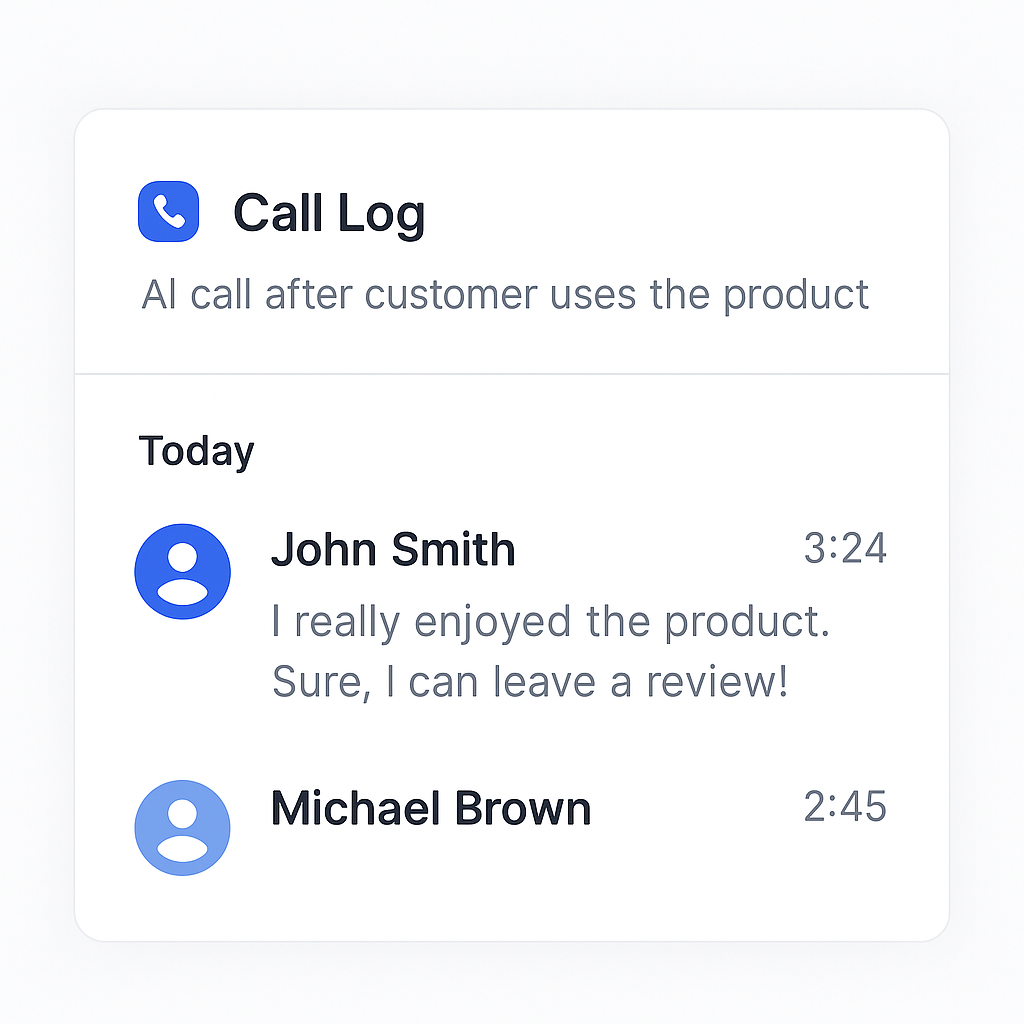Manage reviews in one place
Learn more about how reviews management software helps you manage your reviews.

 Trusted by users
Trusted by usersReviews
What our customers say about us
We value our customers and their honest feedback.
Unified Review Management
Introduction
In today’s omnichannel environment, customer feedback appears everywhere—on your website, Google Business Profile, Yelp, industry forums, social media, and more. Managing reviews in silos not only wastes time but also undermines your ability to derive cohesive insights and act swiftly. Centralizing all your reviews into a single management platform streamlines operations, strengthens your brand reputation, and supercharges your strategic decision-making.
The Problem with Fragmented Review Sources
Scattered Visibility
- Delayed Responses: Juggling multiple dashboards means you might miss or be slow to address reviews, damaging customer trust.
- Inconsistent Messaging: Without a unified view, your replies may vary in tone or miss brand guidelines.
Inefficient Workflows
- Manual Consolidation: Exporting data from each platform into spreadsheets is labor-intensive and error-prone.
- Duplication & Overlooked Feedback: You risk double-handling the same review or failing to spot trends because feedback is dispersed.
Limited Data Insights
- Siloed Analytics: Each source provides its own metrics, making it difficult to compare sentiment, volume, or themes across channels.
- Missed Correlations: You may overlook how a product issue mentioned on one site also appears on another, impeding timely improvements.
Suboptimal SEO Impact
- Inconsistent Schema Implementation: If reviews on certain platforms aren’t marked up properly, you lose out on rich snippets in search results.
- Uneven Freshness Signals: Variable review cadence across sites sends mixed signals to search engines about your activity level.
Key Benefits of a Unified Review Management Platform
Holistic Customer View
- Single Dashboard: See every new review—regardless of source—in one place. This 360° visibility ensures no feedback slips through the cracks.
- Unified Customer Profiles: Aggregate past reviews and interactions to personalize future outreach and support.
Enhanced Efficiency
- Automated Aggregation: Pull in reviews via APIs, eliminating manual exports and imports.
- Workflow Automation: Assign incoming reviews to the right team member, set priority levels, and trigger response templates—all from one interface.
Advanced Analytics & Reporting
- Cross-Channel Sentiment Analysis: Compare sentiment trends across platforms to understand where you excel and where you need improvement.
- Unified Scorecard: Track overall star ratings, review velocity, and response times in real time.
Consistent Brand Voice
- Centralized Response Library: Maintain templated responses that align with brand guidelines, ensuring each reply is on-brand and on-message.
- Approval Workflows: Flag sensitive or negative reviews so senior staff can review responses before publication.
SEO & Marketing Synergies
- Global Schema Management: Implement and monitor structured review markup across all channels to maximize rich snippet eligibility.
- Content Syndication: Showcase top reviews from any source directly on your website, boosting social proof and on-page freshness.
Scalable Growth
As your review footprint expands—adding new platforms or geographic markets—a unified system scales with you, without adding logistical burdens.
Best Practices for Implementation
Audit Your Current Review Landscape
List every platform where reviews appear. Note APIs, export capabilities, and schema support.
Define Ownership & Workflow
Assign clear roles for monitoring, responding, and escalating. Use SLAs to set expected response times.
Standardize Response Protocols
Develop templates and tone-guidelines for common scenarios (thanking positive reviewers, handling complaints, etc.).
Train Your Team
Ensure everyone knows how to use the centralized dashboard and understands brand voice expectations.
Continuously Monitor & Refine
Review analytics weekly; adjust filters, keywords, or workflow rules to keep pace with evolving customer language.
Measuring the Impact
To validate your consolidation efforts, track:
- Response Time Reduction: Average time from review posting to first response.
- Review Coverage: Percentage of total reviews monitored and responded to across all sources.
- Sentiment Trend Improvement: Changes in average star rating and sentiment scores over time.
- Customer Satisfaction (CSAT): Feedback on review interaction quality.
- SEO Uplift: Increases in click-through rates and rich snippet impressions.
Conclusion
Fragmented review channels not only slow down your operations but also fragment your understanding of customer sentiment. By unifying reviews in a single management platform, you gain comprehensive visibility, streamline workflows, and unlock powerful insights that drive reputation, SEO performance, and customer loyalty.
Embrace consolidation today to turn scattered feedback into strategic fuel for growth.